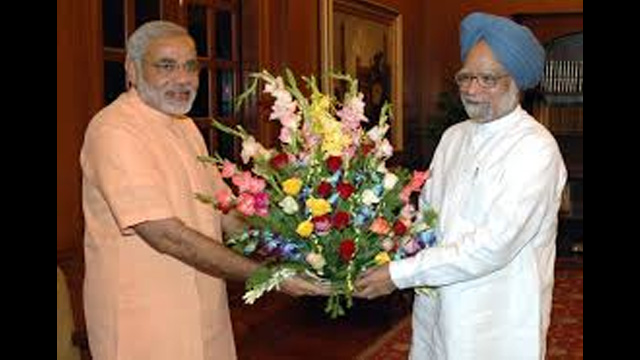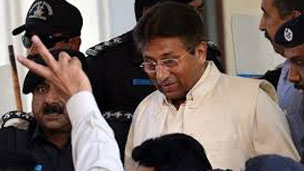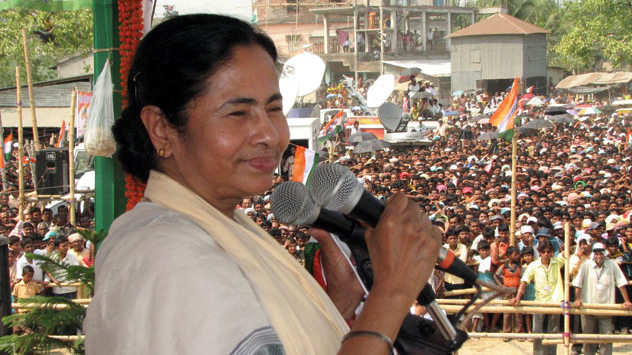A political leader must transform styles when handling varied situations as there is nothing called as one headship-pattern-fits-all situations.
Bharatiya Janata Party found its trump card in Gujarat chief minister Narendra Modi and keeping in view the news debates, discussions and reaction from a section of India’s middle class, which thinks India is rudderless today and will likely observe a fundamental change under Modi’s leadership. They consider that all other leaders have been unsuccessful in bringing the change and Modi will liberate India from all ill facings. Existing leaders are being condemned for lack of prudence and vision.
It is supposed that Modi has the necessary headship qualities to deal with every possible crisis or trouble that the nation faces.
Growing alliance politics has broken the glass ceiling and stimulated everyone’s aim of acquiring the PM’s post and there is no tax charged for dreaming in any democratic nation. Every political leader believes, he/she is god gifted and their children have politics running through their blood. And of course the heir of Congress clan, Rahul Gandhi is no different.
Although with the absence of any political lineage, Modi thinks that his third consecutive term as chief minister of Gujarat automatically made him eligible to run for the top post.
The picture would have been simple if the choice for the top job was limited to two but not to forget many non-Congress and non-BJP leaders are also in the queue and have started projecting themselves for the PM chair only in case both UPA and NDA fall short to getting the required numbers. Samajwadi Party head Mulayam Singh Yadav has been supported by the CPI(M) as well as Bihar chief minister Nitish Kumar as a possible PM candidate.
A political dialogue is required to move past modest versus fundamental and pro-reform versus anti-reform argument.
Thus, reaction to particular circumstances or crisis becomes a subject of attention. Most people have an assertive headship quality which they use in diverse situations. There is a propensity among many leaders to exploit the same headship tools to address assorted situations — what a leader requires to do is to tap into varied leadership qualities to deal with a situation.
Prime Minister Manmohan Singh, who has served the country in the top job for two consecutive years, has a style of dealing with all kind of situations in a same way by staying hushed and passing over the task to a minister. This has become his default style. However, an exception was seen when Singh pretended as a ‘dominant leader’ and got the India-US civilian nuclear deal passed.
Even Singh’s predecessor, Atal Bihari Vajpayee tackled with the Kargil war and Indian Airlines hijack in the similar universal style.
There are a few universally-accepted leadership types— authoritarian, delegative, democratic, coercive, affiliative, pacesetting and coaching, a head must learn to drop his/her leading style when necessary. Versatility and elasticity are a must to exploit different weapons from the leadership arsenal.
A political leader must transform styles when handling varied situations. There is nothing called as one headship-pattern-fits-all situations. And for doing so, a person has to be conscious of the circumstances and be aware of qualities required to tackle it. But the questions is, are majority of Indian political fraternity even conscious of this?
If Manmohan Singh’s style has led to a chaotic situation, then Modi’s overriding style will also not help in tackling India’s problems. Modi’s dictatorial style may have won him fans and followers but it is also because public is sick and tired of Singh’s silent headship. So, it does not establish that Modi has the necessary qualities to be hold the top job either.





